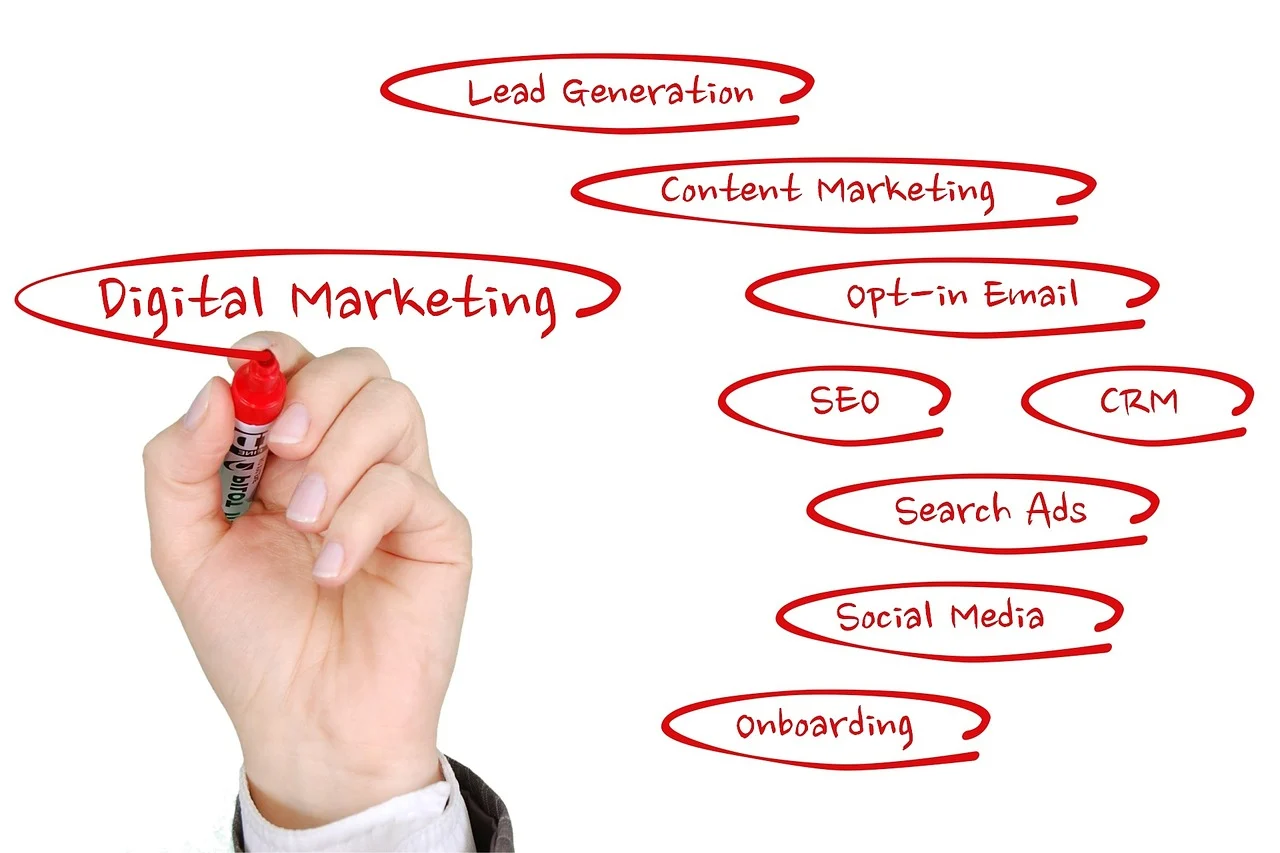In today’s digital world, having a website creation is essential for businesses, freelancers, and even hobbyists. Whether you want to create a personal blog, an online store, or a corporate website, the process involves several important steps. This guide will walk you through everything you need to know about website creation.
Modern website development offers various approaches, from using website builders like WordPress and Wix to coding with HTML, CSS, and JavaScript. Key aspects include responsive design, SEO optimization, and fast loading speeds to ensure accessibility across devices. Additionally, integrating user-friendly navigation and engaging visuals improves visitor interaction.
With numerous tools and platforms available, website creation has become more accessible than ever, allowing even beginners to launch professional-looking sites. A well-designed website not only attracts visitors but also helps in branding and business growth, making it a crucial component of digital success.
Website creation is the process of designing, developing, and launching a website to establish an online presence. Whether for businesses, personal blogs, or e-commerce stores, a well-crafted website enhances credibility and engagement.
Step 1: Define Your Website Creation Purpose

Before diving into development, determine the primary goal of your website. Ask yourself:
- Is it an informational website?
- Will it serve as an e-commerce platform?
- Do you need a portfolio or a blog?
Clearly defining your purpose will help shape your design, content, and functionality.
Step 2: Choose a Domain Name and Hosting Provider
Your domain name is your website’s address (e.g., www.yourwebsite.com). Choose a name that is:
- Short and memorable
- Relevant to your brand
- Easy to spell and pronounce
For hosting, select a provider based on your needs. Some popular options include:
- Shared hosting (affordable, good for small websites)
- VPS hosting (more control and resources)
- Dedicated hosting (best for high-traffic sites)
- Cloud hosting (scalable and flexible)
Step 3: Plan Your Website Structure
Create a sitemap that outlines the pages and navigation of your website. Common pages include:
- Home
- About
- Services/Products
- Blog
- Contact
Ensure a logical and user-friendly structure for easy navigation.
Step 4: Design and Develop Your Website
Choosing a Website Builder or CMS
There are several options for building your website:
- WordPress (flexible and widely used CMS)
- Wix (drag-and-drop website builder)
- Shopify (for e-commerce sites)
- Custom Development (for highly tailored solutions)
Read also: Top 5 Scope of Digital Marketing for Business
Design Principles
Keep these principles in mind:
- Mobile responsiveness (ensure your site looks good on all devices)
- Fast loading speed (optimize images and code for better performance)
- Consistent branding (use a uniform color scheme, fonts, and layout)
- Easy navigation (make it simple for visitors to find what they need)

Step 5: Add Essential Content
Your website should include:
- Compelling homepage (clear call-to-action and engaging visuals)
- About page (company details, mission, and values)
- Service/Product pages (detailed descriptions and pricing)
- Blog section (if applicable, for SEO and engagement)
- Contact information (forms, phone numbers, and social media links)
Step 6: Optimize for SEO
To improve your search engine ranking, focus on:
- Keyword research (use relevant search terms in your content)
- Meta titles and descriptions (optimize for click-through rates)
- Image optimization (use alt text and compressed images)
- Internal linking (connect related pages within your site)
Step 7: Test and Launch
Before launching, thoroughly test your website:
- Check for broken links
- Ensure all forms work properly
- Test across different devices and browsers
- Optimize loading speed
Once everything is set, publish your site and promote it through social media, email marketing, and paid ads.
Conclusion
Creating a website may seem daunting, but with careful planning and the right tools, anyone can do it. By following these steps, you can build a professional and effective online presence. Keep your website updated and continuously improve it based on user feedback and analytics.
Need help building a website? Contact us today!







Leave a Reply